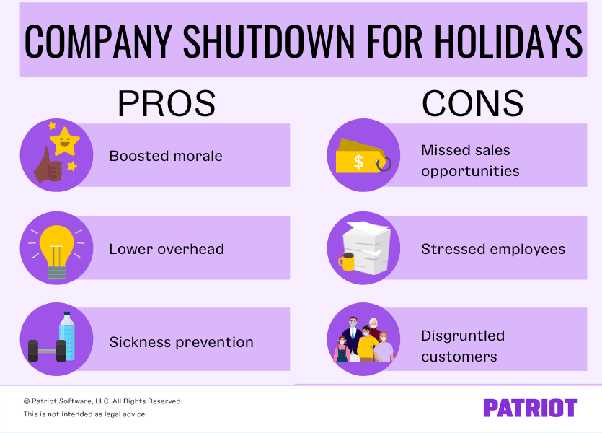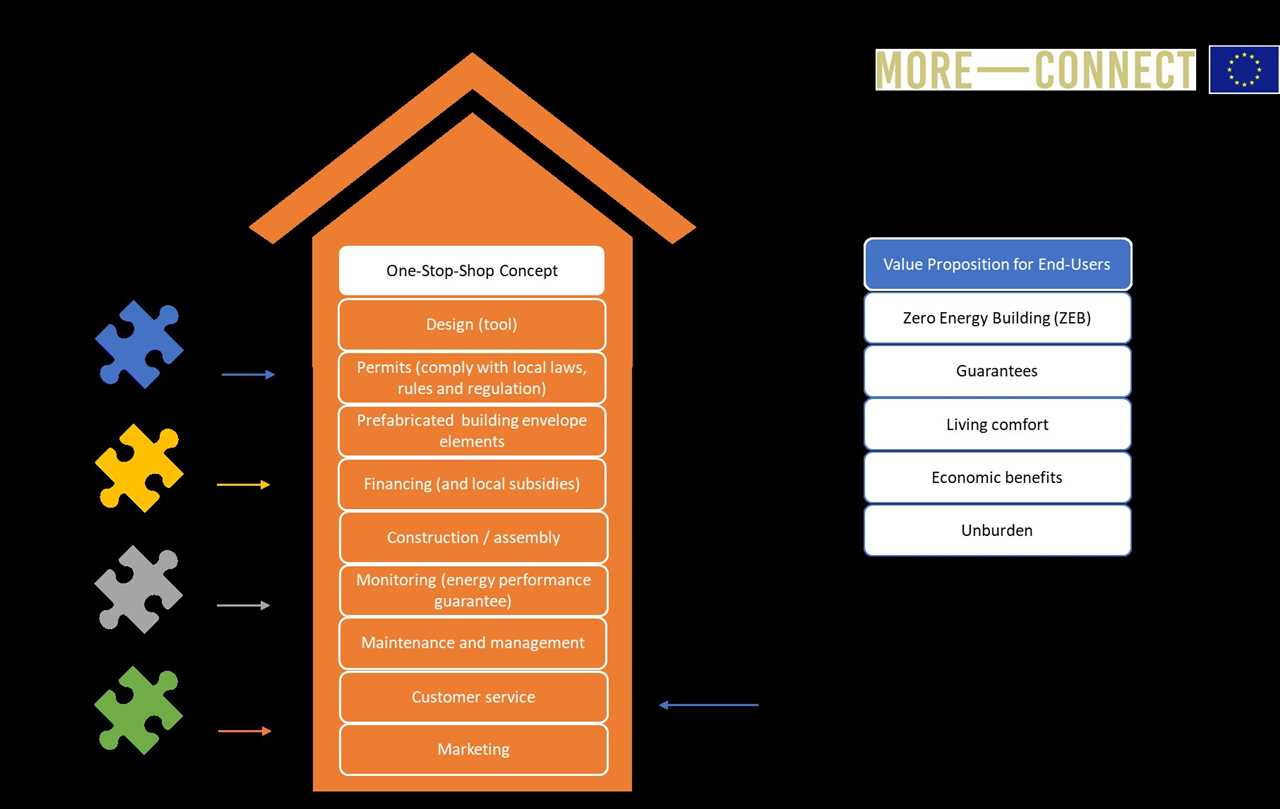One-Stop-Shop: All You Need to Know About
A one-stop-shop is a business or organization that offers a wide range of products or services in one convenient location. This concept aims to provide customers with a seamless and efficient experience by eliminating the need to visit multiple stores or service providers.
One of the key advantages of a one-stop-shop is the convenience it offers to customers. Instead of having to visit different stores or service providers to fulfill their needs, customers can find everything they need in one place. This saves them time and effort, making their shopping experience more enjoyable.
Furthermore, a one-stop-shop can also benefit businesses by attracting a larger customer base. By offering a diverse range of products or services, businesses can cater to a wider audience and increase their chances of making sales. This can lead to higher profits and a stronger market presence.
However, there are also some drawbacks to consider. One potential disadvantage of a one-stop-shop is the risk of limited product or service options. While these businesses strive to offer a wide range of choices, they may not always be able to provide the same level of specialization or expertise as a specialized store or service provider.
Additionally, the convenience of a one-stop-shop can sometimes come at a higher cost. Since these businesses aim to provide a comprehensive range of products or services, they may charge higher prices compared to specialized stores or service providers. Customers should weigh the convenience against the potential higher costs before making a purchase.
Definition of One-Stop-Shop in Business

In the world of business, a one-stop-shop refers to a company or organization that offers a wide range of products or services to its customers. It is a convenient and efficient approach that aims to provide everything a customer needs in one place, eliminating the need to visit multiple vendors or service providers.
A one-stop-shop typically offers a diverse selection of products or services, catering to various customer needs. This can include retail items, professional services, or even specialized solutions for specific industries. The goal is to create a comprehensive and seamless experience for customers, allowing them to easily find and access all the resources they require.
One of the key advantages of a one-stop-shop is the convenience it offers to customers. Instead of having to search for different vendors or service providers, customers can find everything they need in a single location. This saves them time and effort, making their overall experience more efficient and enjoyable.
Additionally, a one-stop-shop can also benefit businesses by attracting a larger customer base. By offering a wide range of products or services, businesses can appeal to a broader audience and increase their chances of attracting new customers. This can lead to increased sales and revenue for the company.
However, there are also some potential drawbacks to consider. One challenge for a one-stop-shop is maintaining the quality and expertise across all the products or services offered. It can be difficult to excel in every area, especially if the company is trying to cover a wide range of industries or specialties.
Another potential drawback is the risk of becoming too generalized and losing a competitive edge. If a one-stop-shop tries to cater to everyone, it may struggle to differentiate itself from competitors and provide a unique value proposition. This can result in increased competition and lower profit margins.
Example of One-Stop-Shop in Business
In the world of business, a one-stop-shop refers to a company or organization that provides a wide range of products or services under one roof. This concept aims to offer convenience and efficiency to customers by eliminating the need to visit multiple vendors or service providers.
For example, let’s consider a large retail chain that operates as a one-stop-shop. This chain offers a diverse range of products, including clothing, electronics, home appliances, groceries, and even automotive supplies. Customers can visit the store and find everything they need in one place, saving time and effort.
Another example of a one-stop-shop is an online marketplace like Amazon. With just a few clicks, customers can browse through a vast selection of products, ranging from books and electronics to clothing and household items. They can make purchases from multiple sellers and have everything delivered to their doorstep, eliminating the need to visit different websites or physical stores.
The concept of a one-stop-shop is not limited to retail. It can also be applied to various service industries. For instance, a financial institution that offers banking, insurance, investment, and mortgage services can be considered a one-stop-shop for all financial needs. Customers can access a wide range of services through a single provider, simplifying their financial management.
One of the main advantages of a one-stop-shop is the convenience it offers to customers. They can save time and effort by finding all their desired products or services in one place. Additionally, it can lead to cost savings as customers may benefit from bundled discounts or promotions.
However, there are also some drawbacks to consider. One-stop-shops may not always offer the best quality or variety compared to specialized vendors. Customers may have limited options or may not receive personalized attention. Furthermore, if a one-stop-shop fails to meet customer expectations in one area, it may affect their overall perception of the company.
History of One-Stop-Shop in Business

The concept of a one-stop-shop in business has its roots in the early 20th century. It emerged as a response to the growing complexity and fragmentation of the business landscape. Prior to the advent of one-stop-shops, businesses had to deal with multiple vendors and service providers to meet their various needs.
The idea of consolidating all necessary services and products under one roof gained popularity in the 1950s and 1960s. This was fueled by the rise of large retail chains and department stores that offered a wide range of goods and services. These establishments aimed to provide convenience to customers by offering a one-stop solution for all their shopping needs.
However, the concept of a one-stop-shop in business truly gained momentum with the advent of the internet and e-commerce in the late 20th century. Online marketplaces and platforms emerged, allowing businesses to access a wide range of products and services from multiple vendors in one place.
Today, one-stop-shops have become an integral part of the business landscape, with many companies offering comprehensive solutions to meet the diverse needs of their customers. These one-stop-shops provide a convenient and efficient way for businesses to access a variety of products, services, and resources without the hassle of dealing with multiple vendors.
The history of one-stop-shops in business is a testament to the ever-evolving nature of the business world. As technology continues to advance and customer expectations evolve, the concept of a one-stop-shop will likely continue to adapt and expand to meet the changing needs of businesses and consumers alike.
Pros and Cons of One-Stop-Shop in Business

One-stop-shop business models have gained popularity in recent years due to their convenience and efficiency. However, like any other business approach, they come with their own set of pros and cons. Let’s take a closer look at the advantages and disadvantages of the one-stop-shop concept in business:
Pros:
1. Convenience: One of the biggest advantages of a one-stop-shop is the convenience it offers to customers. By providing a wide range of products or services under one roof, customers can save time and effort by avoiding the need to visit multiple stores or service providers.
2. Streamlined Experience: One-stop-shops aim to provide a seamless and integrated experience for customers. They often have a well-designed layout and user-friendly interfaces, making it easier for customers to navigate and find what they need.
3. Cost Savings: One-stop-shops can often offer competitive prices due to economies of scale. By consolidating different products or services, they can negotiate better deals with suppliers and pass on the cost savings to customers.
4. Increased Customer Loyalty: By offering a wide range of products or services, one-stop-shops can attract and retain customers who value convenience and variety. This can lead to increased customer loyalty and repeat business.
Cons:
1. Lack of Specialization: One-stop-shops may not always provide the same level of expertise or specialization as dedicated stores or service providers. Customers who require highly specialized products or services may prefer to go to specialized providers instead.
3. Potential for Higher Prices: While one-stop-shops can offer cost savings in some cases, they may not always have the lowest prices compared to specialized providers. Customers who are price-sensitive or value shopping around may find better deals elsewhere.
4. Dependency on a Single Provider: Relying on a one-stop-shop for all your needs can create a dependency on a single provider. If the one-stop-shop goes out of business or fails to meet your expectations, it can disrupt your entire supply chain or service provision.

Emily Bibb simplifies finance through bestselling books and articles, bridging complex concepts for everyday understanding. Engaging audiences via social media, she shares insights for financial success. Active in seminars and philanthropy, Bibb aims to create a more financially informed society, driven by her passion for empowering others.
